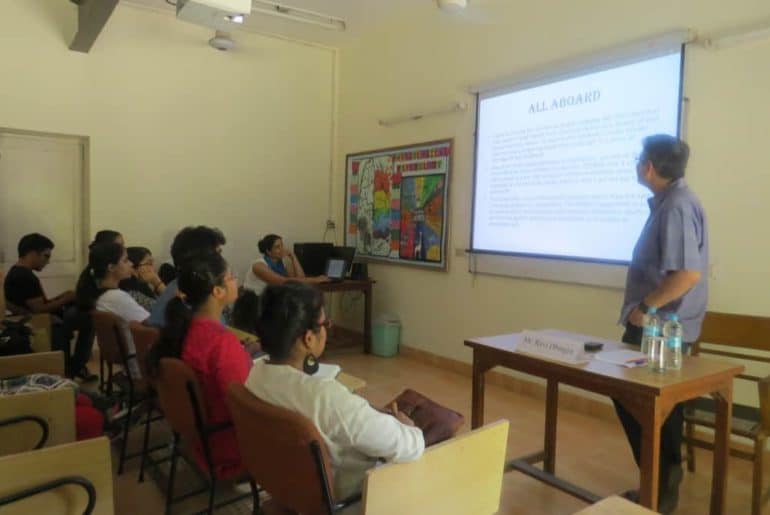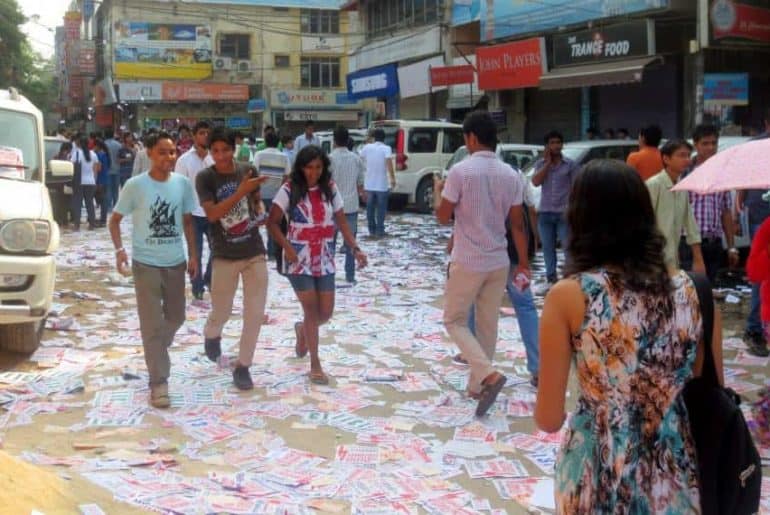The final word has been said and the stage’s been set for her farewell. As Dr. Meenakshi Gopinath officially retires as the principal of Lady Shri Ram College for Women, we take a look at her extremely dynamic career. From her initial years as a student at LSR to the principal of the same prestigious college in the country, her journey has been long, but it’s a path lit up with achievements and laurels. Over the years, she has truly lived up to the title of the “phenomenal woman”.
She started out on her enriching voyage by graduating from her Alma Mater, LSR, in Political Science. She went on to get her masters degree from the University of Massachusetts, USA and her doctorate from the University of Delhi. Her post doctoral work, as a Fulbright scholar was at Georgetown University, USA, but she clearly yearned for more. Having acquired so much knowledge and gathered a resourceful mind, she went on to conquer the world.
After having joined her college once again, as a teacher this time, she became the principal of LSR in 1988. And since then there’s been no looking back for this symbol of grace and intellect. She is the Founder and Honorary Director of WISCOMP (Women in Security Conflict Management and Peace) a start-up which she founded in 1999, which promotes the leadership of South Asian women in the areas of international politics, peace, security and diplomacy.
Dr. Gopinath has piloted and fostered confidence building measures through regular workshops and collaborative projects among intellectuals of the SAARC region and especially between Pakistani and Indian young students. She has authored Pakistan in Transition (1975) and co-authored Conflict Resolution – Trends and Prospects (2003) and Transcending Conflict: A Resource book on Conflict Transformation (2004) and Dialogic Engagement (2005). Her list of credentials continues to form a long list.
PHEW! This woman can blow your mind with her persona and her personality. To hear her speak is mesmerizing. She utters words with panache and confidence. Everything about her drips of excellence. That is why she has received various awards including the Padma Shri Award, Indira Priyadarshini Gandhi Award, the Rajiv Gandhi Award for Excellence in Education, the Mahila Shiromani Award, the Delhi Citizen Forum Award and Qimpro Platinum Standard Award for Education and Celebrating Womanhood South Asian Recognition Award for Social Harmony.
She’s been an inspiration, a teacher, a guiding force and in short, an enigmatic person. No wonder as she retires on 28th August, 2014, the entire college will skip a beat, because MG bids adieu to her home.
Concluding, I would just like to quote lines from Maya Angelou’s famous poem, (slightly altered) which truly sum up the magic of LSR and its association with MG.
“It’s in the click of her heels,
The bend of her hair,
The palm of her hand,
The need of her care,
‘Cause she’s a woman
Phenomenally.
Phenomenal woman,
That’s her.”
Image source: Headlines Today
Ishita Sharma

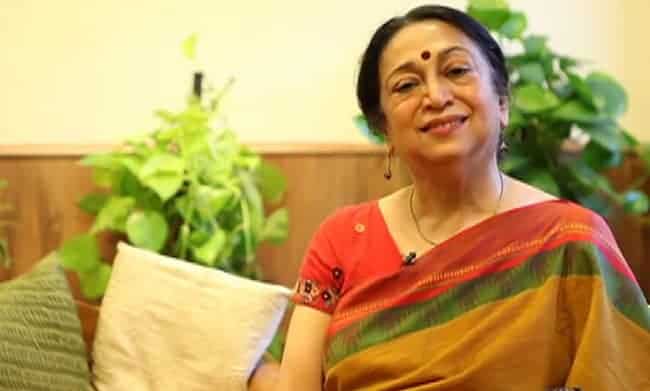

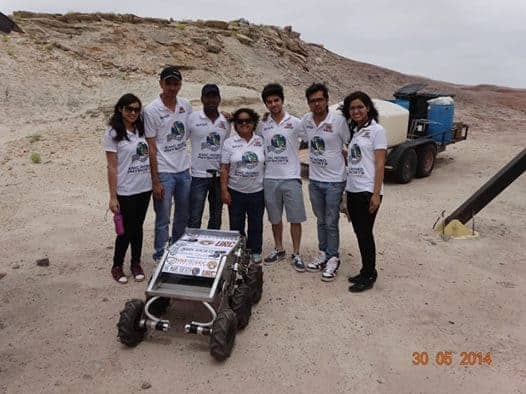

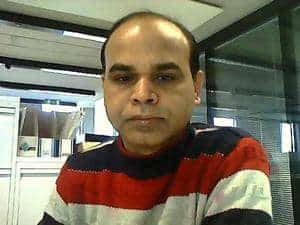
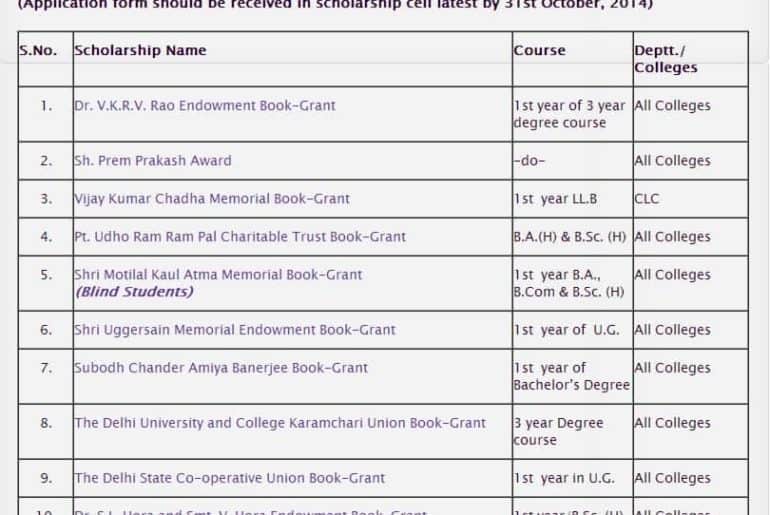
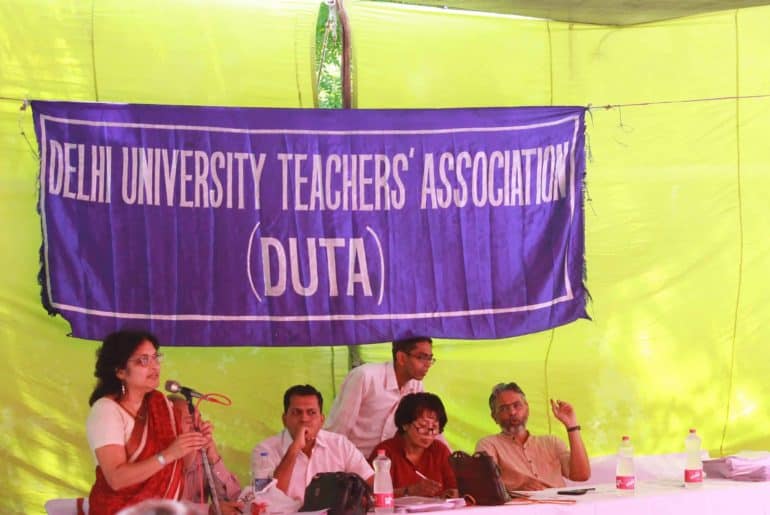
 The meeting started with Nandita Narain, President of DUTA taking the stage. She began with a reference to the weather and said that “It is a good day today, it’s getting better, not just the weather of the day but the black clouds that surrounded us have also started to clear up”, The black clouds being an obvious reference to the Vice- Chancellor of Delhi University and his notoriously famous FYUP.
The meeting started with Nandita Narain, President of DUTA taking the stage. She began with a reference to the weather and said that “It is a good day today, it’s getting better, not just the weather of the day but the black clouds that surrounded us have also started to clear up”, The black clouds being an obvious reference to the Vice- Chancellor of Delhi University and his notoriously famous FYUP.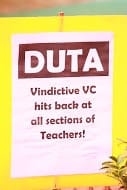
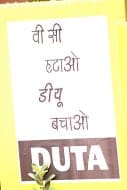 Others demands like Subversion of the Act, Statutes and Ordinances by the VC, Appointment and stability of teachers working on ad-hoc basis, Implementation of API made the list with the major issue of Removal of VC and to look into the White Paper issued by DUTA. The GBM was followed by a march to the VC’s office.
Picture Credits: Chirag Sharma for DU Beat]]>
Others demands like Subversion of the Act, Statutes and Ordinances by the VC, Appointment and stability of teachers working on ad-hoc basis, Implementation of API made the list with the major issue of Removal of VC and to look into the White Paper issued by DUTA. The GBM was followed by a march to the VC’s office.
Picture Credits: Chirag Sharma for DU Beat]]> 